Best Time for Snow Leopard Trek
If you're thinking about doing the Snow Leopard Trek in Nepal, you're probably wondering: "When’s the best time to go?" That’s a smart question—because when it comes to spotting a rare and elusive snow leopard in the wild, timing is everything.
Let’s break it down so you can plan your trek at just the right time—maximizing your chances of seeing snow leopards and making the most of this once-in-a-lifetime experience.
What is Snow Leopard?
Snow leopards are elusive and shy cats adapted to life in the Himalayas. Their beautiful fur blends perfectly with the rocky and snowy landscapes of Nepal’s snow leopard habitat. They mostly roam in remote areas such as Dolpo, Upper Mustang, and near Rara Lake. Because these big cats are hard to spot, knowing the right season to trek is key.
Where is the Snow leopard's habitat, Nepal?
Snow leopards can be found in Nepal's Dolpo, Upper Mustang, and Rara Lake regions. These places provide the high-altitude, remote habitats that snow leopards like. However, seeing one can be difficult because they are solitary and roam large distances.
Why are they so hard to find?
Even when you're in the correct place, snow leopards are excellent hiders. Even in their natural habitat, they are practically invisible due to their ability to keep a low profile. As a result, the key to increasing your chances of witnessing one is time.
What is the Best trekking season for snow leopards?
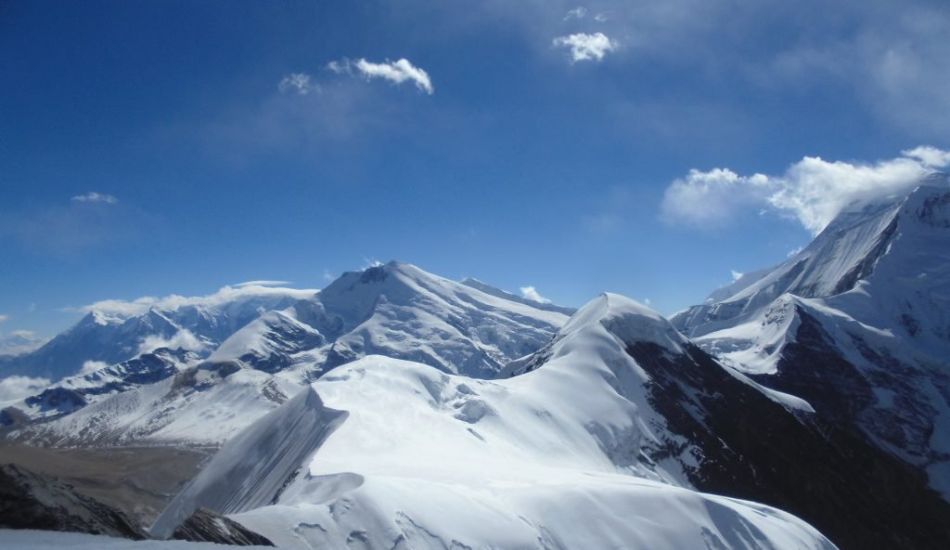
Now, let’s get into the specifics of each season and why it matters for your snow leopard trek.
Winter (December to February)
Winter is the best season to visit if spotting a snow leopard is your top priority. During this time of year, the snow leopard's behavior shifts, and it usually hunts at lower elevations. They are easier to notice because there is less greenery, and the snow-covered peaks provide for a beautiful scene.
What’s great about winter?
- Clear skies: The dry weather means clear skies and great visibility for trekking and wildlife spotting.
- Fewer tourists: You won’t have to deal with crowded trails, which makes for a more peaceful and intimate experience in nature.
What to keep in mind?
- Cold temperatures: The weather can be harsh, particularly at higher elevations. You will need to carry warm clothing.
- Tough conditions: Trekking in snow can be challenging, so you need to be physically prepared for winter trekking.
Autumn (September to November)
In Dolpo, autumn is regarded as the ideal time of year for hiking. The temperature is moderate, the skies are clear, and the weather is perfect. This time of year is ideal for seeing snow leopards because of the good visibility.
With fewer chances of rain and more stable weather, autumn provides the best trekking conditions and a higher chance of wildlife sightings, making it the optimal time for your snow leopard trek.
What’s great about autumn?
- Perfect visibility: The skies are clear, and the trekking conditions are ideal.
- Wildlife activity peaks: Snow leopards are more active during autumn, which gives you the best chance of seeing them.
- Favorable trekking conditions: The temperatures are cooler, and the trails are in the best condition.
What to keep in mind?
- Crowded trails: Since it’s the peak trekking season, you might encounter more fellow trekkers, especially in popular areas.
What About Spring or Summer? (March to August)

Spring (March to May)
- The weather starts warming up, and the landscape is dotted with rhododendrons in bloom.
- However, snow leopards begin moving back up to higher elevations, making sightings less likely.
- Visibility can be hit-or-miss with some haze.
Summer / Monsoon (June to August)
- Heavy rains, landslides, and slippery trails make trekking risky.
- Snow leopards retreat to remote, higher altitudes—far from trekking zones.
- Very low chance of wildlife sightings.
If your main goal is to see a snow leopard in Nepal, skip the monsoon season entirely.
How to Choose the Right Trekking Route?
Dolpo, Upper Mustang, and Rara Lake are some of the most popular trekking areas for spotting snow leopards, each offering unique experiences.
- Dolpo: Dolpo is one of the best places to spot snow leopards, especially in autumn and winter. The remote and untouched area makes it a perfect habitat for snow leopards. In addition, we can also enjoy and have a good experience in the Upper Dolpo trek and Lower Dolpo trek in the Dolpo Region.
The rugged mountains and isolated valleys give you a great chance to see these rare animals in their natural environment. - Upper Mustang: Known for its unique Tibetan culture and high-altitude desert landscapes, Upper Mustang is another great place for snow leopard sightings, especially in winter.
The clear, crisp air during winter makes this a good time to spot wildlife, including snow leopards. - Rara Lake: While Rara Lake is a beautiful and less crowded trekking route, it is not as well-known for snow leopard sightings compared to Dolpo and Upper Mustang.
However, if you enjoy quieter treks with stunning scenery, it’s a great option—just keep in mind that spotting a snow leopard here is less likely.
As you plan your trek, consider the time of year and type of landscape you wish to trek. There's something special on every trekking route, be it the quiet beauty and majesty of Rara Lake or the austere, white mountain ranges of Dolpo and Upper Mustang.
Ready for the adventure? Book your snow leopard trek with Dolpo Caravan Treks today, and let us help you find the perfect route!
What are the Tips for Spotting the Snow Leopard?
-
Pick the Right Season
Snow leopards are easier to spot in winter and autumn because there’s less vegetation, and the snow makes the landscape clearer. In these seasons, the weather is also colder, which makes the snow leopards more active and easier to see.
During warmer seasons like spring and summer, the plants are thick, and it’s harder to spot them.
-
Go to the Right Places
Some places are better for spotting snow leopards than others. Dolpo and Upper Mustang are well-known for having snow leopards.
These areas are remote and peaceful, which is perfect because snow leopards prefer quiet, undisturbed environments. If you go trekking in these places, you’ll have a better chance of seeing one.
-
Have a Local Guide
A guide who is local is particularly helpful because they understand the terrain and where snow leopards are likely to be seen.
They can help you look for snow leopard signs, like paw marks or where the snow leopard might have been resting. Guides are skilled at picking out animals, and they'll know where to look, so you're more likely to see one.
-
Be Quiet and Move Slowly
Snow leopards are very shy and will run away if they hear loud noises or see quick movements. To increase your chances of seeing one, you need to be quiet and move slowly.
Don’t rush or make noise; instead, walk calmly and keep your eyes open. The quieter and slower you are, the better your chances of spotting a snow leopard.
-
Look for Tracks and Signs
Snow leopards leave signs behind that can tell you where they’ve been. For example, you might find paw prints in the snow or scat (poop) on the ground.
Sometimes, you might see remains of animals they’ve hunted. These signs can help you know where to look next and give you a better chance of spotting the snow leopard.
-
Bring Binoculars
Snow leopards generally blend in with their surroundings because their fur fits the rocky, snowy terrain. Binoculars can let you view them from a distance.
They let you to see the snow leopard without going too close, which is vital because you do not want to scare it away.
-
Stay Patient and Look Around
It may take a long time for someone to see a snow leopard. You can sit quietly waiting for hours, scanning the scenery.
Be patient because snow leopards often show up when you expect them the least. Keep looking carefully at the snow, rocks, and open areas to where they might be naturing.
-
Respect Nature
Snow leopards are endangered animals, which means we need to respect them and their home. Don’t try to get too close or disturb their natural habitat.
Enjoy the experience quietly, and don’t make any sudden moves. Respecting the snow leopard’s space helps protect them and ensures that other trekkers can enjoy the sighting too.
What are the Additional Wildlife to Spot During the Trek?
While snow leopards are the star of the show, there are plenty of other animals to spot along the way, such as:
- Himalayan Tahr: These quick animals are frequently observed climbing high rocks.
- Blue Sheep: Snow leopards frequently hunt these creatures, which are visible in the rocky landscape.
- Musk Deer: Musk deer are another fascinating animal to watch for, despite their reputation for being timid.
Recommended Read : How to Prepare for the Snow Leopard Trek
Conclusion
If you've got your heart set on the Snow Leopard Trek in Nepal, your best bet is to plan your trip in winter or autumn. These seasons give you the best chances of spotting these elusive big cats while offering you stunning mountain vistas, good trekking conditions, and that sense of raw adventure Nepal is famous for.
Whether you’re a wildlife enthusiast, a trekker seeking rare experiences, or someone chasing a dream sighting—this is the trek for you.
Start planning your once-in-a-lifetime Snow Leopard Trek with Dolpo Caravan today—call us now to book your desired season and expert-guided adventure!
FAQs
When is the best time to spot a snow leopard?
The best time to spot a snow leopard is during winter (December to February) and autumn (September to November).
Where are the best places to spot a snow leopard in Nepal?
The best trekking areas for snow leopard sightings in Nepal include Dolpo, Upper Mustang, and Rara Lake.
Is spring a good time to see snow leopards?
It’s not the best time, but spotting one is still possible.
Can I spot a snow leopard in the summer?
Summer (June to August) is not the ideal season for spotting snow leopards.
How can I increase my chances of spotting a snow leopard?
To increase your chances of spotting a snow leopard, trek in winter or autumn, visit known snow leopard habitats like Dolpo or Upper Mustang, travel with an experienced guide, and be patient and quiet while trekking.
Are snow leopards active during the daytime?
Snow leopards are generally crepuscular (active at dawn and dusk).
Do I need special equipment for a snow leopard trek?
Yes, trekking at high altitudes requires proper gear. You’ll need warm clothing (layers), sturdy trekking boots, and binoculars for spotting wildlife. It’s also important to carry essential trekking gear like a first aid kit, waterproof gear, and sunscreen.
Do I need a permit to trek for snow leopards in Nepal?
Yes, trekking in areas like Dolpo, Upper Mustang, and other remote regions requires special permits. You will need a Trekking Permit and possibly a Conservation Area Permit.

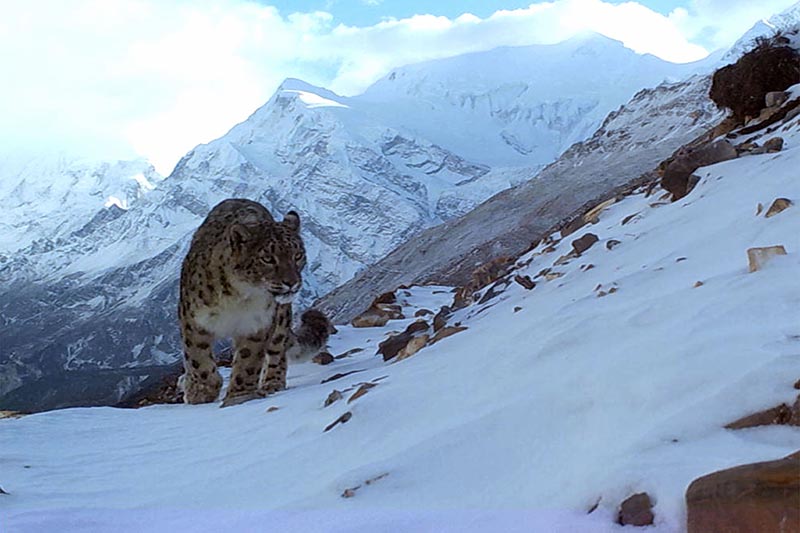
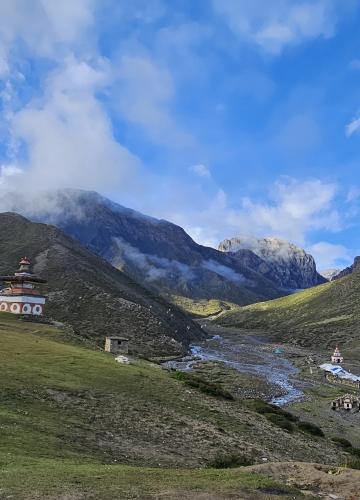

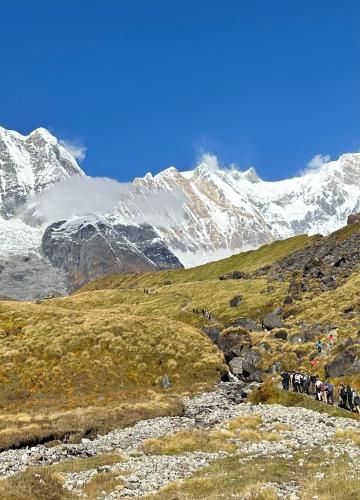
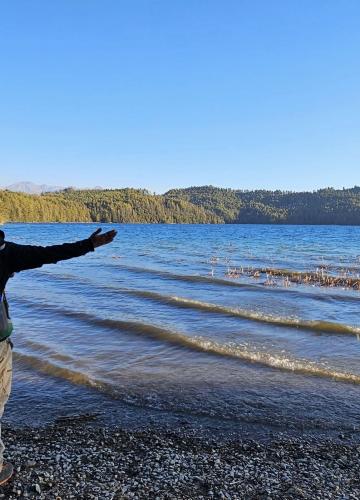
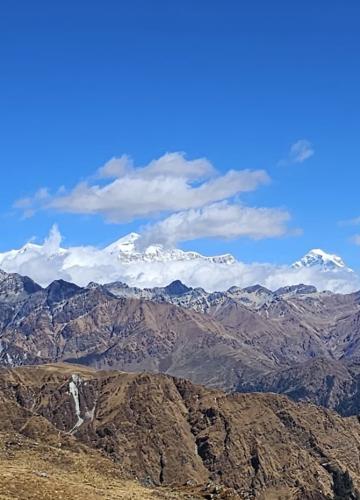
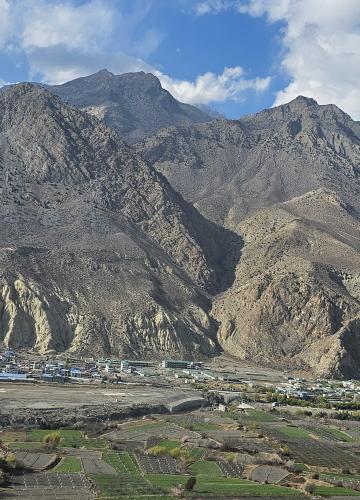

Leave Your Comment